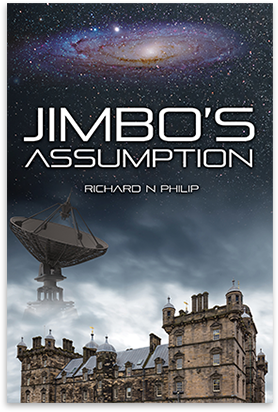
Evangelista Torricelli
Walking on a summer’s day in a blustery wind, the remnants of a recent storm, is evidence of air’s existence. This invisible fluid, composed primarily of nitrogen and oxygen, is essential to our lives and to the other air-breathing creatures who share our planet. Its nature has only recently been understood.
Early ideas about its nature were recorded only in the last two millennia. Aristotle believed air possessed ‘lightness’, meaning it was lighter than earth or water. A notion, at least, if an imprecise one, which prevailed until a remarkable period began, the Scientific Revolution. Truth, supported by observation and measurement, began to supersede dogma. Roughly, we might say this era commenced during the lives of Copernicus and Galileo, eventually giving way to the Enlightenment, early in the life of Isaac Newton.
Evangelista Torricelli lived his short life between Galileo’s old age and Newton’s childhood. Unquestionably, a genius. His mathematical prowess was obvious while still a child. Born in Rome in 1608 CE but raised in Faenza, at 18 he was back in Rome, being taught mathematics and physics by Professor Castelli, himself one of Galileo’s students.
By 1643 CE, observations of the atmosphere and abstract thought led him to the earliest mercury barometer, but an even more fundamental insight: air has weight.
Torricelli filled a glass tube, perhaps 1.2 metres long, with mercury and inverted it in a bath also containing mercury. Some of the liquid mercury flowed into the bath, but the metal maintained a column of about ¾ of the tube’s height. He concluded, correctly, that an equilibrium existed between the downward weight of the mercury still in the tube and a force acting on the surface of the mercury in the bath, tending to push it back up the tube. We now know this force as atmospheric pressure, approximately equivalent to a mass of 1 kg/ cm2 at sea level. So, we exist at the bottom of another sea; a sea of air.
He also noted the void in the tube above the head of mercury, recognising this as a vacuum. Something Aristotle believed could not exist: his view, based on logic rather than experimentation, was that ‘nature abhors a vacuum’. Torricelli had created one.
His work was furthered by his contemporary, Blaise Pascal, who reasoned that if air pressure at sea level had a given value, at elevated locations this must be reduced because less air should be pressing down from above. Pascal’s health was never good, so he persuaded his brother-in-law to ascend a mountain, making measurements using Torricelli’s method at progressively higher altitudes. Sure enough, less mercury stayed in the tube, proving the hypothesis. A description of the ascent may be found in Jimbo’s Assumption.
Torricelli and Pascal were among the founders of meteorology, a science advanced by Robert Fitzroy, the subject of a recent blog.
Something Torricelli and Pascal also shared was a short existence. Sadly, neither lived much beyond 39, leaving us to wonder else they might have achieved. - RNP
Post Views : 14